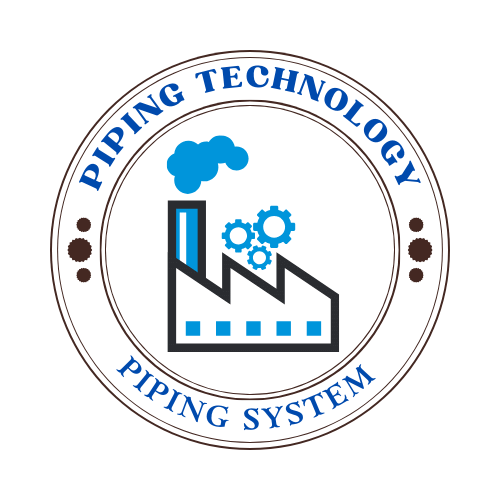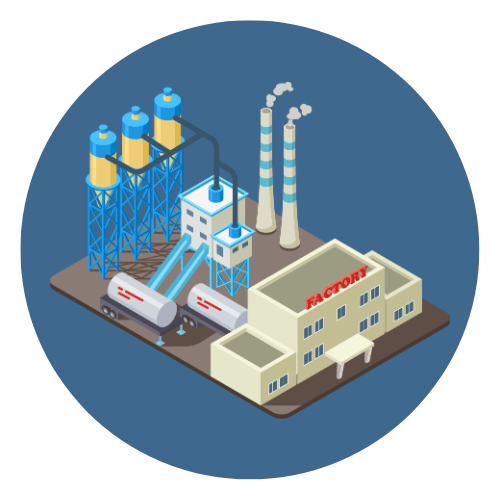Partial pressure calculator
Contents
- 1 Partial Pressure Calculator
- 2 Henry’s Law Calculator
- 3 Introduction
- 4 Fundamentals of Partial Pressure
- 5 Calculation Techniques for Partial Pressure
- 6 Tools and Technologies for Partial Pressure Calculations
- 7 Applications of Partial Pressure in Engineering
- 8 Troubleshooting and Practical Challenges
- 9 Conclusion
Partial Pressure Calculator
Henry’s Law Calculator

Contents1 1. Understanding the Basics1.1 a. What is a Kilometer?1.2 b. What is a Mile?1.3 c. Side-by-Side Comparison2 2. Km to Mile Conversion Formula2.1 a. The Simple Formula2.2 b. How to Convert – Step-by-Step2.2.1 Example 1: Convert 5 kilometers to miles2.2.2 Example 2: Convert 10 kilometers to miles2.2.3 Example 3: Convert 100 kilometers to miles2.3 […]

Contents1 Ounces to Liters Converter2 Understanding Ounces and Liters2.1 What is an Ounce (oz)?2.2 What is a Liter (L)?2.3 Key Differences Between Ounces and Liters3 Ounces to Liters Conversion Formula3.1 1. U.S. Fluid Ounces to Liters3.2 2. U.K. (Imperial) Fluid Ounces to Liters3.3 3. Liters to Ounces3.4 Quick Reference Table4 Step-by-Step Guide on How to […]

Contents1 PSI to Pascals Converter2 Understanding PSI (Pound per Square Inch)2.0.1 Definition of PSI2.0.2 Historical Context and Usage2.0.3 Common Uses of PSI3 Understanding Pascals3.0.1 Definition of Pascal3.0.2 Historical Background3.0.3 Common Applications of Pascals4 PSI to Pascal Conversion Fundamentals4.0.1 Conversion Factor Between PSI and Pascals4.0.2 Mathematical Formula for Conversion4.0.3 Example Calculations4.0.4 Importance of Conversion5 PSI to […]

Contents0.1 kPa to psi Conversion0.1.1 Result:1 I. Understanding Pressure Units1.1 Kilopascal (kPa)1.2 Pounds per Square Inch (psi)1.3 Comparison of kPa and psi2 II. Conversion Basics2.1 Conversion Factor2.2 Why Conversion is Necessary3 III. Step-by-Step kPa to psi Conversion Guide3.1 Step 1: Identify the Value in Kilopascals3.2 Step 2: Use the Conversion Factor3.3 Step 3: Multiply the […]

Contents1 PSIA to PSI Converter2 Understanding PSIA (Pounds per Square Inch Absolute)2.0.1 Key Characteristics of PSIA:3 Understanding PSI (Pounds per Square Inch)3.0.1 Key Characteristics of PSI:4 Conversion from PSIA to PSI4.1 Step-by-Step Conversion Process:4.2 Practical Example:4.2.1 Importance of Accurate Conversions:5 Practical Implications of Conversion5.0.1 Impact on System Design:5.0.2 Operational Efficiency:5.0.3 Safety Considerations:5.0.4 Cost Implications:6 Tools […]

Contents1 Convert MPa to Pa2 I. MPa to Pa Formula3 II. Understanding Megapascals (MPa)4 III. Understanding Pascals (Pa)5 IV. Conversion from MPa to Pa6 V. Practical Examples7 VI. Tools and Resources for Conversion8 Conclusion Convert MPa to Pa Enter MPa: Convert Result: In the world of engineering, manufacturing, and science, understanding and accurately measuring pressure […]

Contents1 Inches to Feet Converter1.1 1.2 I. Basics of Inches and Feet1.3 1. What is an Inch?1.4 2. What is a Foot?1.5 3. The Relationship Between Inches and Feet1.6 4. Why Inches and Feet Matter2 II. Inches to Feet Conversion Formula and How It Works2.1 1. The Basic Conversion Formula2.2 2. Step-by-Step Breakdown2.3 3. Reverse […]

Contents1 🔧 Millimeter to Inch Converter1.1 Result:2 I. Understanding Millimeters and Inches2.1 II. Conversion Formula3 III. Conversion Chart (Quick Reference)4 IV. Practical Examples5 V. Tools for Easy Conversion5.1 VII. Conclusion 🔧 Millimeter to Inch Converter Enter Millimeters (mm): Convert to Inches Result: 0 inches In a world that operates across both metric and imperial […]

Contents1 Convert Ounces to Teaspoons2 I. Understanding Ounces and Teaspoons2.1 Definition of an Ounce2.2 Definition of a Teaspoon2.3 Differences Between Fluid Ounces and Ounces by Weight3 II. The Ounces to Teaspoons ( oz to tsp) Conversion Formula3.1 Ounces to Teaspoons ( oz to tsp) Conversion Formula3.2 Examples of Ounce to Teaspoon ( oz to tsp) […]

Contents0.1 Convert Teaspoons to Ounces1 I. Understanding Teaspoons and Ounces1.1 1. What Is a Teaspoon?1.2 Fun Fact:1.3 2 What Is an Ounce?1.3.1 2.1. Avoirdupois Ounce (Weight)1.3.2 2.2. Fluid Ounce (Volume)1.3.3 Ounce in Everyday Use2 II. Tsp to Oz Conversion Formula and Basics2.1 Quick Formula for Manual Conversion2.2 Example Calculation3 III. Tsp to Oz Steps for Manual […]


 Automation System
Automation System  Energy Engineeing
Energy Engineeing  Instrumentation System
Instrumentation System  Mechanical Engineeing
Mechanical Engineeing  Piping Technologies
Piping Technologies  Transportations
Transportations  Manufacturing
Manufacturing  Training Material
Training Material 

